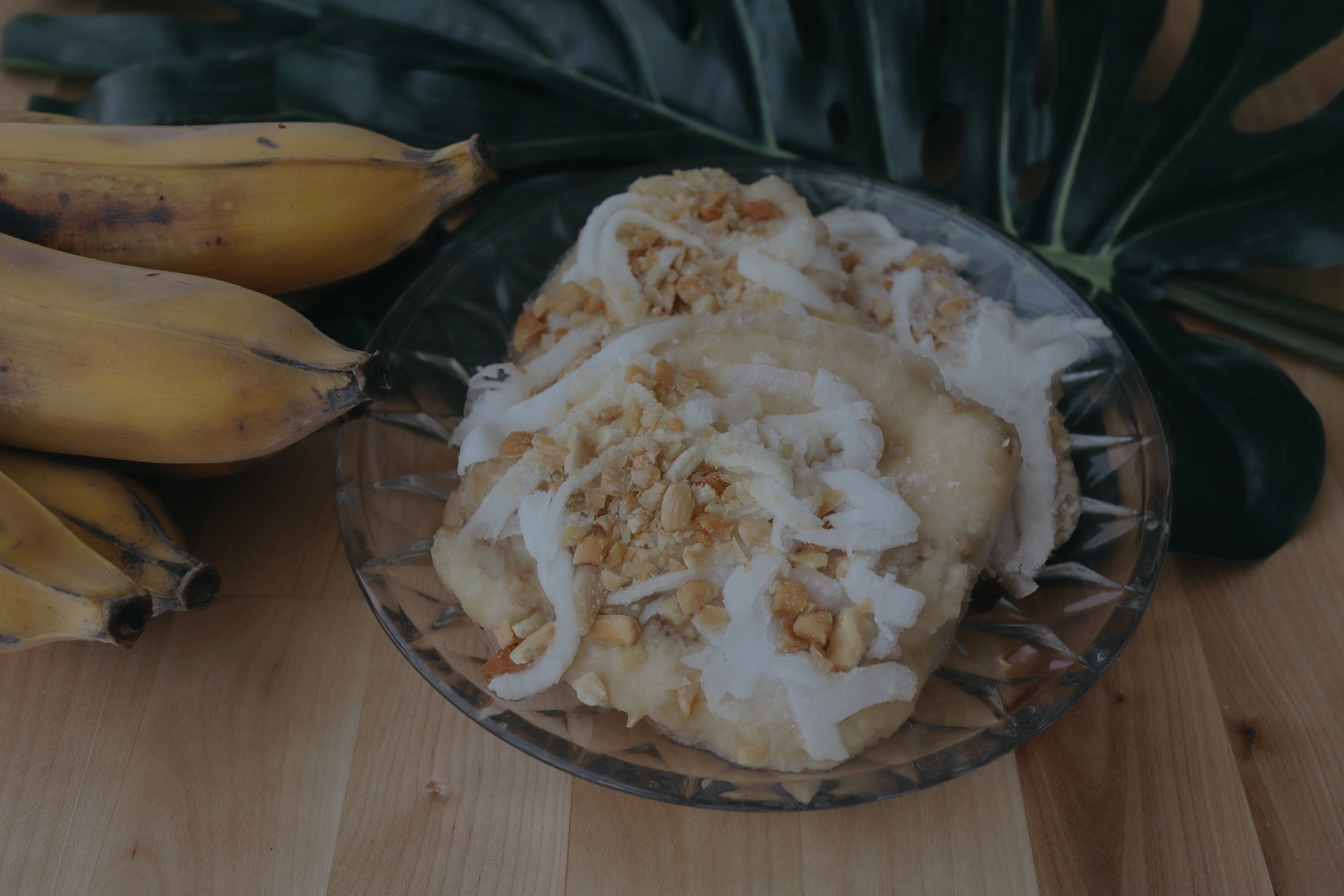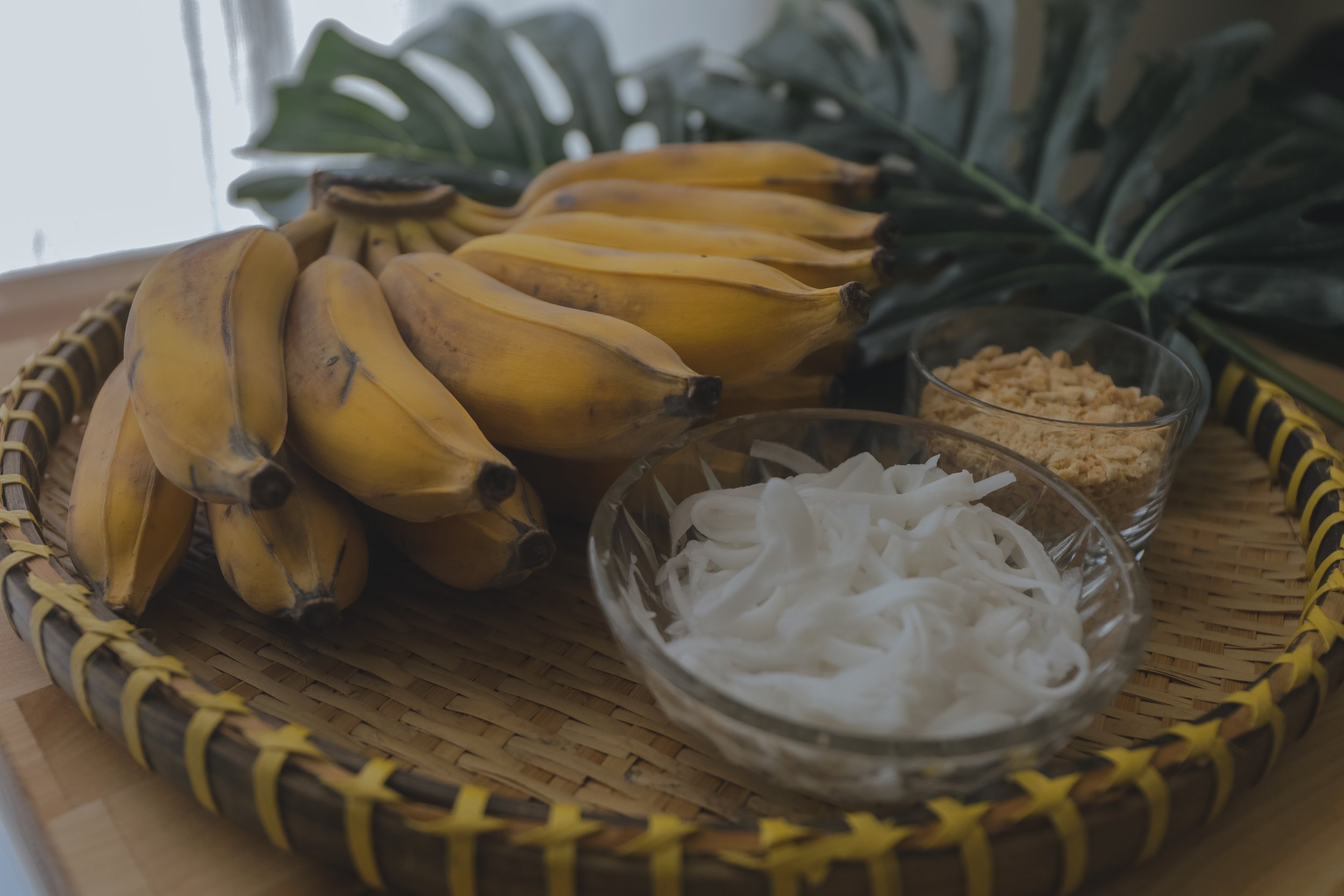Good to know
I didn’t wrap the bánh chưng in aluminum foil before cooking them and they turned out fine every year. My guess is the aluminum foil will help retain their square shape better but I haven’t tested that myself. As long as you take the time to press out the water at the end, aluminum or not will not affect the taste of the bánh chưng. My grandma also confirmed that in all her years of making them, she has never wrapped them in aluminum foil before cooking.
I also haven’t tried making them in a pressure cooker. My aunt did and she said the sticky rice was tougher and not as soft as the stove cooked ones. I’m not that surprised, low and slow is always the preferred cooking method in these type of dishes. I’ll have to try the pressure cooker method next year to see for myself.
If you planned on refrigerating them, make sure to wrap them in plastic wrap or place them in an airtight container first.
Since the sticky rice is very, well, sticky once cooked, the easiest way to cut them is using a piece of thread. You just have to wrap the thread around the cake and pull the thread ends across each other. You can of course use a knife, just make sure to rub the knife with some cooking oil first to make clean up a bit easier.
Bánh chưng is typically enjoyed with dưa món củ kiệu, which you can find at most Asian grocery stores.
Also pro-tip, fried bánh chưng or bánh tét (it’s cylinder shaped sister) is the best thing in the world. Fried carb, pork belly and bean- need I say more?








































